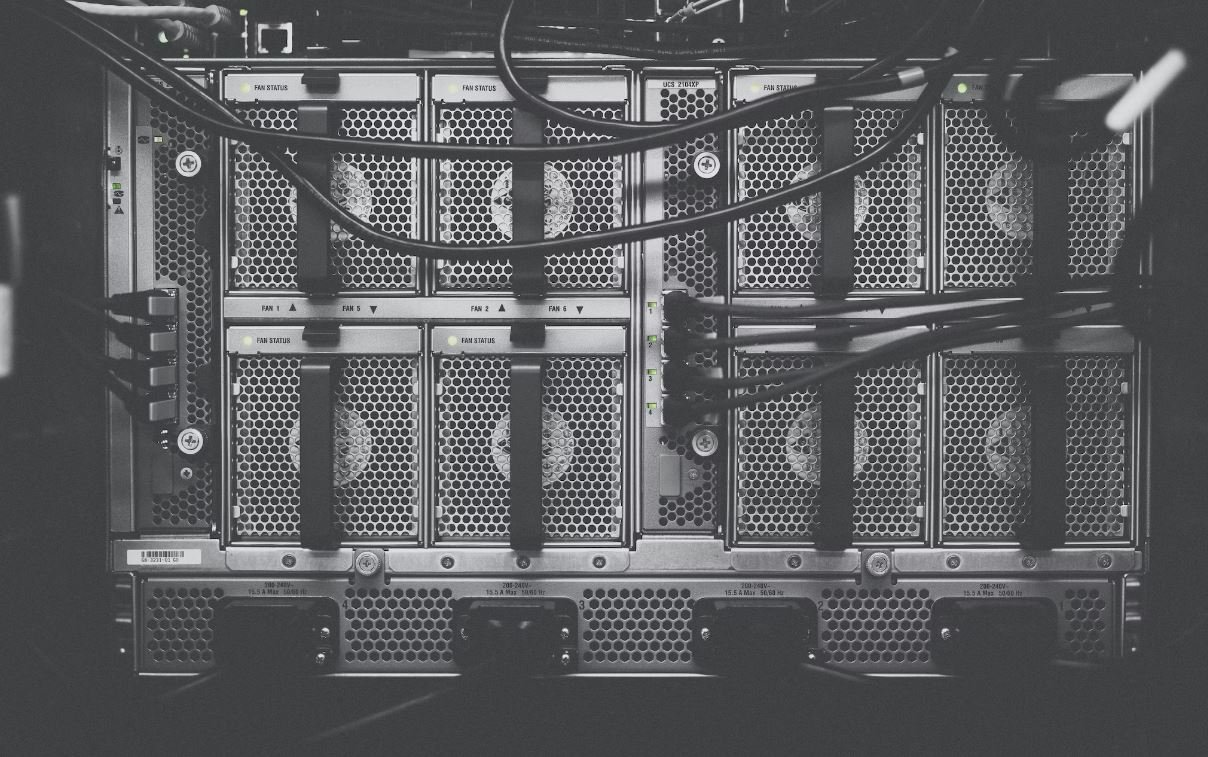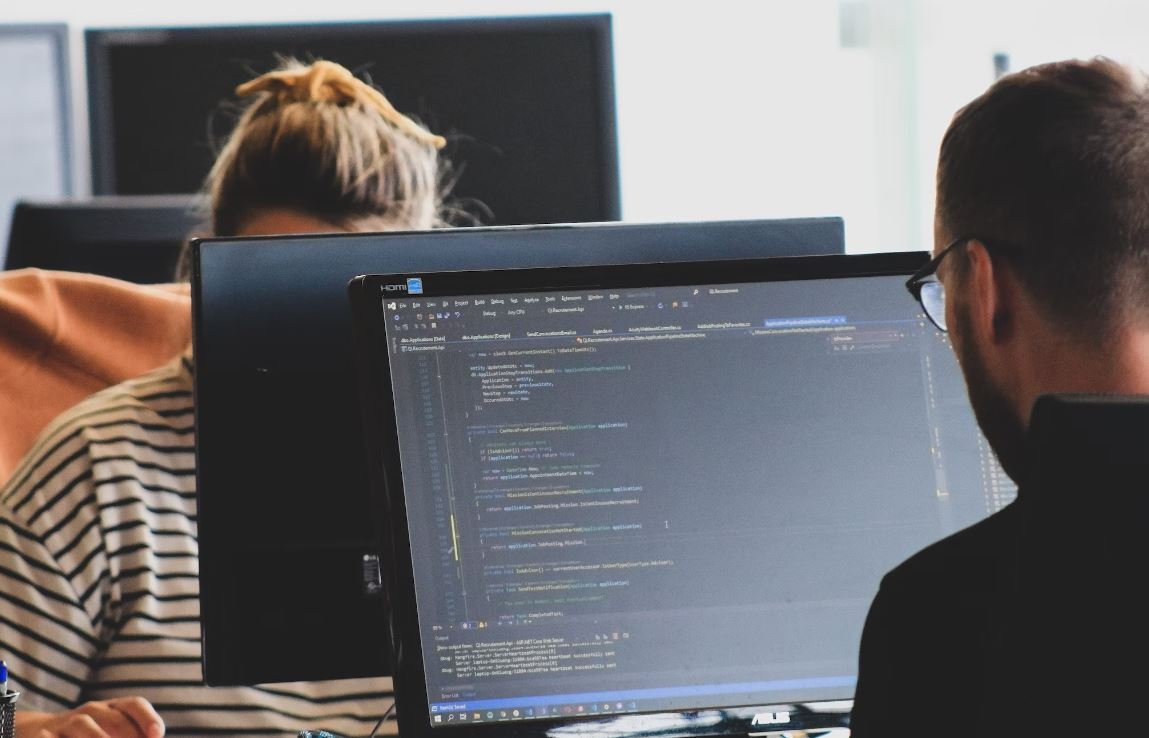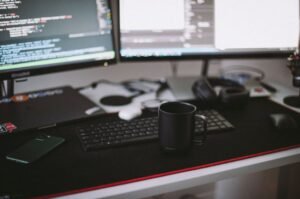Deep Learning Object Tracking
Deep learning has revolutionized various fields, including computer vision and image recognition. One exciting application of deep learning is object tracking, which enables machines to accurately track and follow objects in a video or real-time environment. This advanced technology has numerous practical applications, from surveillance and self-driving cars to sports analysis and augmented reality.
Key Takeaways:
- Deep learning object tracking allows machines to accurately follow objects in videos or real-time environments.
- It has diverse applications in fields like surveillance, self-driving cars, sports analysis, and augmented reality.
- Deep learning algorithms use convolutional neural networks (CNNs) to extract features from images or frames.
- Object tracking algorithms use techniques like Kalman filtering, correlation filters, and recurrent neural networks (RNNs) to track objects over time.
- The development and deployment of deep learning object tracking systems require extensive labeled training data and computational resources.
Deep learning object tracking involves the use of convolutional neural networks (CNNs) to extract features from images or frames. CNNs are powerful deep learning algorithms that can efficiently recognize and classify objects. By training a CNN on large datasets, the network can learn to extract relevant features from images, such as edges, color gradients, and textures, which are essential for object tracking.
*Deep learning algorithms can learn to extract relevant features from images, such as edges, color gradients, and textures, which are essential for object tracking.*
Object tracking algorithms employ various techniques to track objects over time. One commonly used method is Kalman filtering, which combines predictions from a mathematical model with noisy measurements to estimate the object’s position. Another approach involves using correlation filters to match templates of the tracked object with new frames, allowing for robust tracking even in challenging conditions.
*Correlation filters enable robust tracking by matching templates of the object being tracked with new frames.*
Recurrent neural networks (RNNs) are also utilized in object tracking to capture temporal dependencies and long-term context. RNNs can model sequences of frames and predict the object’s future positions based on past observations. This allows for smoother and more accurate tracking, especially when objects undergo complex motion patterns.
Data and Computational Requirements
The development and deployment of deep learning object tracking systems involve substantial data and computational resources. To train a deep learning model for object tracking, significant amounts of annotated training data are required. These datasets consist of labeled images or videos where the objects of interest are manually annotated.
*Training deep learning models for object tracking requires extensive amounts of annotated training data.*
Additionally, the creation of accurate annotations for object tracking can be a time-consuming and labor-intensive process. Expert knowledge is often required to ensure precise labeling, further increasing the complexity of data collection.
*The creation of accurate annotations for object tracking is a time-consuming and labor-intensive process that often requires expert knowledge.*
Furthermore, deep learning models used for object tracking typically require significant computational resources to operate effectively. Training these models often involves running computationally-intensive tasks on high-performance hardware, such as graphics processing units (GPUs), to accelerate the learning process.
*Deep learning models used for object tracking require significant computational resources, often involving high-performance hardware like GPUs.*
Tables:
| Applications | Benefits |
|---|---|
| Surveillance | – Real-time object tracking can enhance security measures. – Identifying suspicious behavior or objects. – Tracking individuals or vehicles of interest. |
| Self-driving cars | – Accurately tracking and predicting the movements of other vehicles or pedestrians. – Assisting in collision avoidance. – Improving autonomous driving capabilities. |
| Sports analysis | – Tracking players’ movements and positions on the field. – Analyzing player and team performance. – Providing real-time statistics and insights. |
| Augmented reality | – Anchoring digital objects onto real-world objects. – Maintaining the alignment of virtual and physical elements. – Enhancing the user experience in AR applications. |
Table 1: Applications and Benefits of Deep Learning Object Tracking
| Object Tracking Algorithm | Main Techniques |
|---|---|
| Kalman filtering | – Predictive models combined with noisy measurements. – Estimating object position and velocity. – Adaptation to changing conditions. – Limited ability to handle occlusions. |
| Correlation filters | – Matching templates with new frames. – Robustness against noise and image transformations. – Efficiency in real-time tracking. – Vulnerable to object appearance changes. |
| Recurrent neural networks (RNNs) | – Modeling temporal dependencies. – Accounting for long-term context. – Handling complex object motion patterns. – Increased computational demands. |
Table 2: Object Tracking Algorithms and Their Main Techniques
| Challenge | Solution |
|---|---|
| Occlusion | Using multiple object detectors or predicting object motion during occlusion periods. |
| Scale variation | Applying scale estimation techniques, such as pyramid representations or scale filters. |
| Object appearance changes | Updating object appearance models or employing online learning techniques. |
| Real-time tracking | Optimizing algorithms for efficient computations or utilizing specialized hardware like GPUs. |
Table 3: Challenges in Deep Learning Object Tracking and Corresponding Solutions
The field of deep learning object tracking continues to advance rapidly, with ongoing research focusing on addressing challenges like occlusion, scale variation, and real-time tracking. As deep learning models become more sophisticated and hardware improves, the accuracy and efficiency of object tracking systems will continue to improve, opening up even more exciting applications in various industries.
*As deep learning models become more sophisticated and hardware improves, the accuracy and efficiency of object tracking systems will continue to improve.*
Deep learning object tracking empowers machines to recognize and follow objects in videos or real-time environments. This technology finds applications in diverse fields, including surveillance, self-driving cars, sports analysis, and augmented reality. By utilizing convolutional neural networks, correlation filters, and recurrent neural networks, object tracking algorithms can accurately track objects over time. However, the development and deployment of these systems require extensive labeled training data and computational resources. Despite the challenges, the future of deep learning object tracking looks promising as advancements continue to enhance its capabilities.

Common Misconceptions
1. Deep learning object tracking requires complex hardware
One common misconception about deep learning object tracking is that it requires expensive and high-end hardware to work effectively. While it is true that deep learning models can benefit from powerful GPUs for faster computation, it is not a strict requirement. Many deep learning frameworks are designed to run on a variety of hardware, ranging from powerful workstations to even mobile devices.
- Deep learning object tracking can be done on a variety of hardware, including mobile devices.
- Not all deep learning frameworks require specialized hardware for effective object tracking.
- Efficient algorithms and model optimizations can reduce hardware requirements for deep learning object tracking.
2. Deep learning object tracking is only useful for surveillance
Another misconception is that deep learning object tracking is solely beneficial for surveillance or security purposes. While it is true that object tracking has been extensively used in surveillance systems, its applications are not limited to this domain. Deep learning object tracking can be applied in various fields such as autonomous vehicles, robotics, augmented reality, and healthcare.
- Deep learning object tracking has numerous applications beyond just surveillance systems.
- Fields such as autonomous vehicles and robotics can greatly benefit from deep learning object tracking.
- Deep learning object tracking can enhance augmented reality experiences and improve healthcare systems.
3. Deep learning object tracking is only accurate in controlled environments
Many people believe that deep learning object tracking can only achieve high accuracy in controlled environments with controlled lighting and clear backgrounds. However, significant advancements have been made in deep learning algorithms that are capable of handling various challenging conditions like occlusions, cluttered scenes, and changes in lighting. These advancements have enabled deep learning object tracking to perform well in real-world scenarios.
- Deep learning object tracking algorithms can handle occlusions and cluttered scenes.
- Advancements in deep learning have improved the robustness of object tracking in changing lighting conditions.
- Deep learning object tracking can achieve high accuracy in real-world environments.
4. Deep learning object tracking is fully autonomous
It is a misconception that deep learning object tracking is completely autonomous, meaning it does not require any human intervention or supervision. While deep learning models can automate certain aspects of object tracking, human supervision is often necessary to fine-tune the models, annotate data, and evaluate the results. Human-in-the-loop approaches are commonly used to improve the accuracy and reliability of deep learning object tracking systems.
- Human supervision and intervention are often required to optimize deep learning object tracking models.
- Annotating data and fine-tuning models is an essential step for accurate object tracking.
- Human-in-the-loop approaches are commonly used to improve the reliability of deep learning object tracking systems.
5. Deep learning object tracking is a solved problem
Lastly, many people assume that deep learning object tracking is a solved problem, implying that there is a one-size-fits-all solution applicable to all scenarios. However, object tracking is still an active area of research, and there are ongoing efforts to develop more robust algorithms and techniques. Different object tracking challenges require tailored approaches, and the field continues to evolve with new advancements and innovations.
- Object tracking remains a challenging problem that requires ongoing research and development.
- There is no one-size-fits-all solution for deep learning object tracking across all scenarios.
- Ongoing advancements and innovations drive the evolution of deep learning object tracking.

Introduction
Deep learning object tracking algorithms have made significant advancements in recent years, revolutionizing various fields such as computer vision, robotics, and surveillance. In this article, we explore ten fascinating examples that showcase the impressive capabilities of deep learning object tracking techniques.
Tracking Wildlife Movements
Deep learning object tracking has been utilized to monitor and track wildlife movements in their natural habitats. By employing highly accurate algorithms, researchers can gather valuable data on migration patterns, population densities, and habitat usage, aiding in conservation efforts and species management.
Tracking Asteroids in Space
In space exploration, deep learning object tracking is employed to track asteroids, which can provide vital information about our solar system’s evolution and potential threats. By accurately calculating their trajectories and movements, scientists can better understand the dynamics of celestial objects.
Traffic Monitoring for Smart Cities
Deep learning object tracking algorithms are widely deployed in traffic monitoring systems in smart cities. These algorithms analyze real-time video feeds from surveillance cameras, detecting and tracking vehicles to optimize traffic flow, predict congestion, and enhance transportation systems.
Real-time Action Recognition
Deep learning object tracking enables real-time action recognition in various applications, including gesture-based interfaces, sports analysis, and human-robot interaction. By tracking human movements and behaviors, these systems can understand and respond to user actions in a more intuitive and natural manner.
Tracking Disease Progression
In the medical domain, deep learning object tracking has proven valuable in tracking disease progression. By tracking specific anatomical structures or regions of interest, medical professionals can assess the progression of diseases such as cancer, Alzheimer’s, or retinal diseases, aiding in diagnosis and treatment planning.
Tracking Vehicles for Autonomous Driving
Deep learning object tracking plays a critical role in autonomous driving systems. By accurately tracking other vehicles, pedestrians, and obstacles in real-time, self-driving cars can navigate safely and make informed decisions, improving road safety and reducing accidents.
Underwater Object Tracking
Deep learning object tracking techniques have been applied to underwater environments for tracking marine species, monitoring underwater infrastructure, and exploring submerged archaeological sites. These algorithms provide insights into underwater ecosystems and facilitate underwater exploration.
Tracking Surgical Instruments in Operating Rooms
In the field of surgical robotics, deep learning object tracking is used to track surgical instruments in real-time. This allows surgeons to monitor and assess the instruments’ positions throughout a procedure, enhancing surgical precision and reducing the risk of human error.
Detecting and Tracking Fires
Deep learning object tracking algorithms are utilized in fire detection and tracking systems. These systems can analyze video feeds from surveillance cameras, identify fires in their early stages, and track the spread of flames, assisting firefighters in quicker response and effective fire suppression.
Conclusion
Deep learning object tracking has brought remarkable advancements across various domains, revolutionizing the way we monitor and interact with our environment. From wildlife conservation to space exploration, traffic management to medical diagnostics, the potential applications of deep learning object tracking algorithms are vast and far-reaching. Through their accuracy and efficiency, these techniques have consistently demonstrated their immense value in data analysis, decision-making, and improving overall system performance.
Frequently Asked Questions
Deep Learning Object Tracking
What is deep learning object tracking?
How does deep learning object tracking work?
What are the benefits of deep learning object tracking?
What are the applications of deep learning object tracking?
What are some popular deep learning object tracking algorithms?
What are the limitations of deep learning object tracking?
How can deep learning object tracking be evaluated?
Is deep learning object tracking suitable for real-time applications?
Can deep learning object tracking handle occlusion and partial object visibility?
How can I get started with deep learning object tracking?




